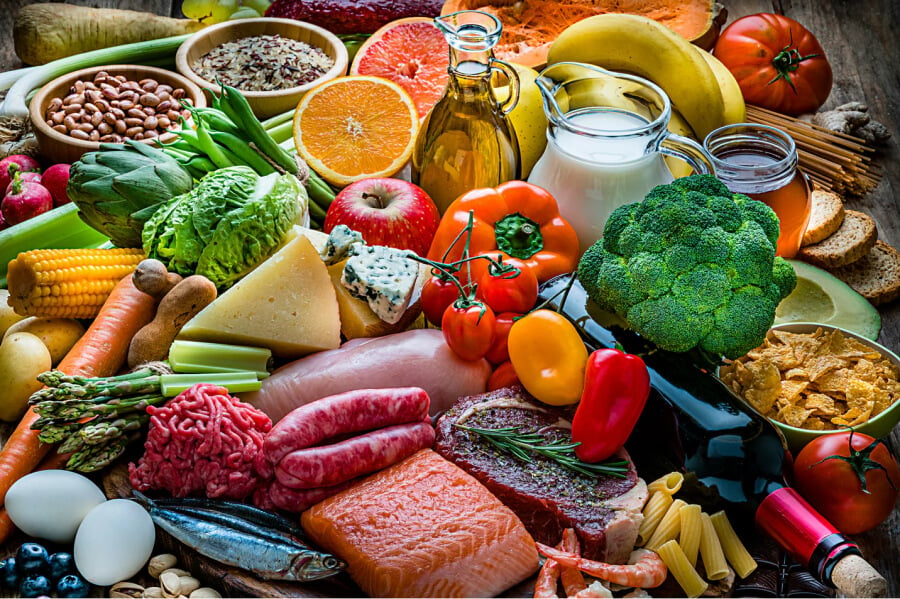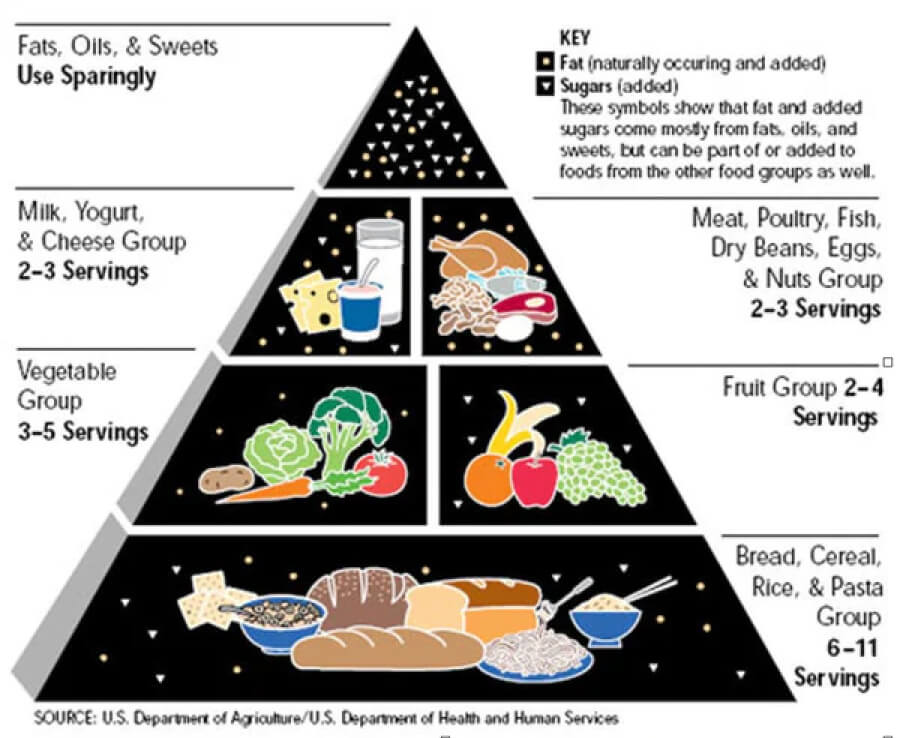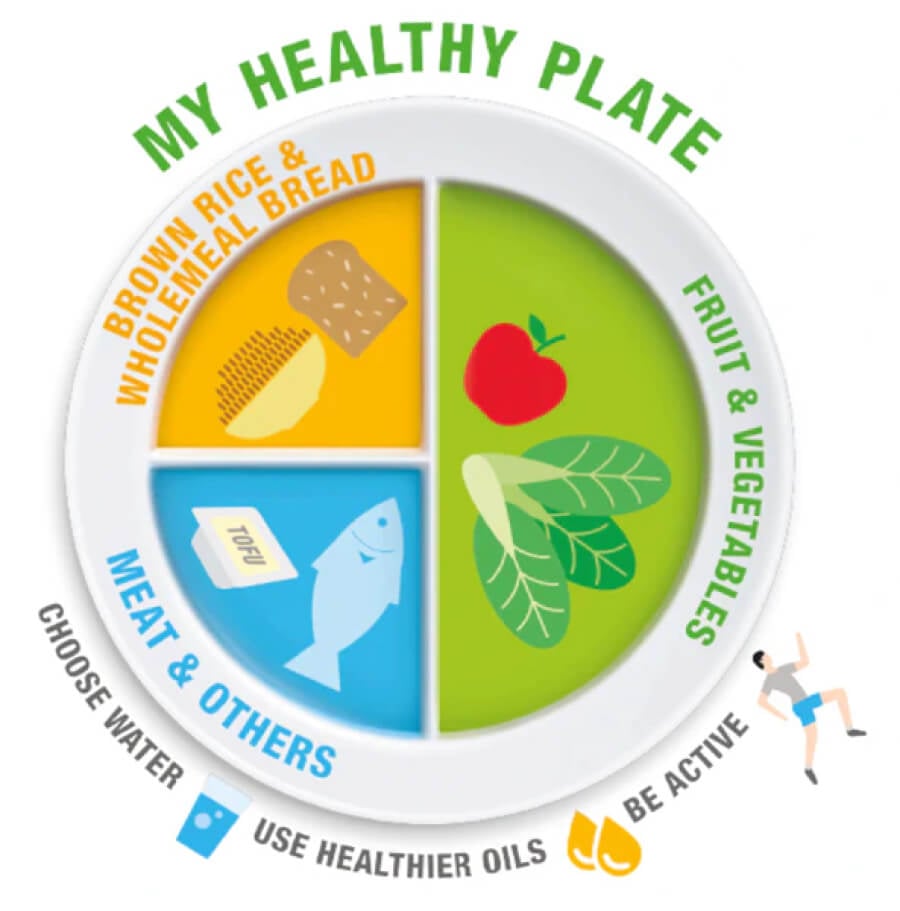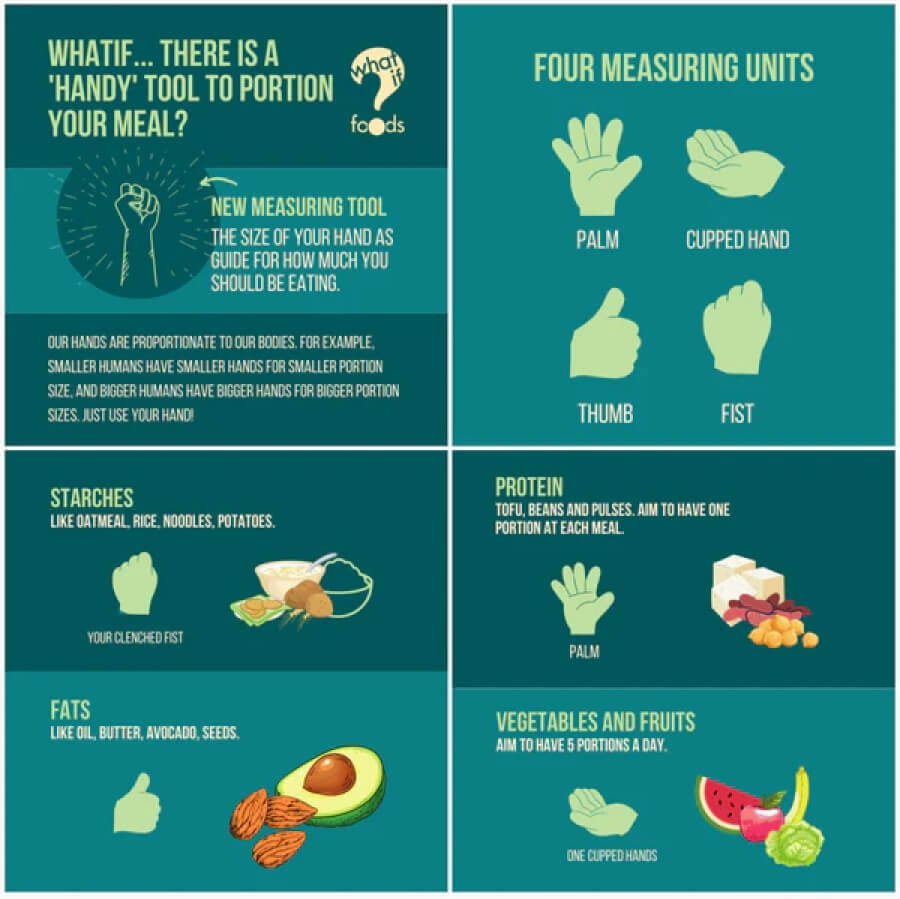
At one point in our lives, we may have come across the food pyramid. Yes, I am talking about this one:

The pyramid includes six blocks. At the bottom is the 'base' of carbohydrates and grains (6-11 servings of pasta, rice, bread, etc.). This carbohydrate base is followed by the vegetables and fruits (2-5 servings) group, and by the dairy group (2-3 servings of milk, cheese, etc.), then by the protein group (2-3 servings of meat, eggs, nuts, beans and so on). The pyramid is topped off by the fats groups, suggesting that fat-rich foods are consumed to the minimum.
This famous (and perhaps infamous) graphic was invented and popularized by governments to promote healthy eating for the general population. It had Swedish roots and was previously advocated by the USDA, the FAO, and the WHO. It was also taught widely across schools of all age groups. For a long time, we accepted this as the holy grail for a healthy diet.
However, with the advancement in our knowledge in biology and nutrition, we now know that this pyramid is not only misleading but that following such a dietary prescription can promote unhealthy eating habits, leading to non-communicable diseases in the long run.
What did the food pyramid get wrong?
1. It undermines the benefits of the adequate consumption of healthy fats and oils. Consumption of healthy fats (from fish, nuts, seeds) is, in fact, vital in a healthy brain and heart function (read more). Furthermore, contrary to popular belief, healthy fats consumption can even aid with weight management. This is to exemplify the miscommunication such dietary guidelines may promote.
2. Secondly, it also overlooks the role of over-consumption of carbohydrates as a risk factor for obesity, diabetes, cardiovascular diseases, and even certain types of cancers (read more) by having it at the foundation of the pyramid.
3. We now know certain dietary choices lead to higher risks of cardiovascular diseases, such as the consumption of 230g of hamburgers every day. Yet this is technically permitted under the pyramid. This leads us to the next point: the pyramid did not consider the importance of diversification in what we eat, in every category. For example, the pyramid does not communicate the differences between different foods belonging to the protein-rich group, such as the difference between eating meat and eating dry beans as a protein source.
What can you use to guide your diet instead?
Shifting away from the pyramid, many governments, including the US and Singapore, has adopted the Healthy Plate as the new symbol for healthy eating. The plate provides a clear, simple, research-informed visual about what you should eat and how you should portion your meal.
My Healthy Plate - the modern dietary guideline

It is as simple as:
- Fill half your plate with fruit and veggies.
- Fill a quarter with whole-grains carbohydrates.
- Fill the remaining quarter with meat and others.
Head over to Singapore's Health Hub to learn more about how you can incorporate this simple guideline into your daily meals.
The ‘Handiest’ guide to portion control:
This hand guide is one of the most intuitive ways to portion your meal. Unlike the traditional pyramid, this method considers your body size! Your hands often correspond to your body size; as a rule of thumb, bigger people that require a bigger portion would also have bigger hands! Try this simple method next time you are prepping or plating your meal.

Some final words:
Scientific research on nutrition is always on-going. What we understood to be true before may be challenged by what we find today. One of such examples is the evolution of the Food Pyramid – what was once (and still is in some places) considered a perfect guide for nutrition is now obsolete. This means we must remain diligent in our understanding of food and its role in our daily lives. There is no one size fits all. Nonetheless, there exist guidelines that we can consult to make sure our intake is appropriate for our body's needs.
Diets are as diverse as our food source can be, and finding one that is right for you may not be right for everyone else. The important thing is to understand what and how much it is you are eating and the role it plays in our normal bodily functions.
The most important thing is to eat from a diverse food source. A diverse diet best ensures nutrient adequacy, normal immune system functioning, a healthy gut microbiome, and nutrient synergy where different phytochemicals from plants act together to provide advantages to your health (many of which we have yet known). Moreover, it is the kind of diet that helps us replenish degraded land, especially with forgotten crops, and builds a more resilient earth ecosystem, but that is a conversation we are saving for later.

